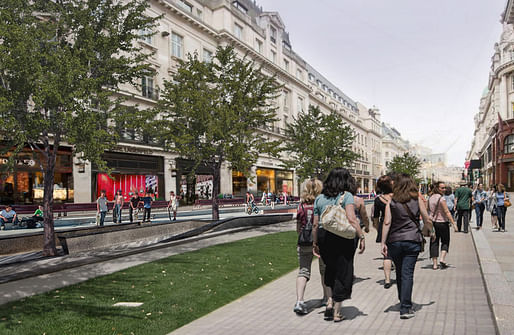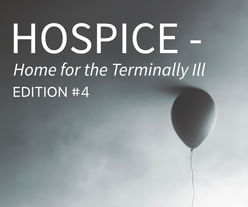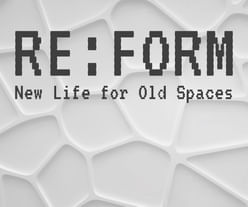
Walkable London: Upgrading the urban prosperity engine is a research initiative and exhibition proposing a full-scale network of pedestrian routes across London. Zaha Hadid Architects proposes an integrated transport infrastructure to make walking part of an individual's daily routine in the city. The firm's scheme aims at connecting existing pockets of pedestrianized areas into one city-wide network.

The firm's research highlights several key statistics driving their project. Globally, commercial activity increases by an average of 30% following the pedestrianization of a street or district. On average, Londoners spent more than 100 hours per year stuck in traffic, costing the city’s economy £6.2bn (£1,911 per person) annually, while over 90% of air pollution in cities is caused by vehicle emissions.

Walking has also been tied to community involvement. Studies conclude that every 10 minutes of commuting reduces community involvement by 10%. Increasing opportunities for Londoners to live within walking distance of their work also increases their opportunities to interact with their community–an important factor in well-being and happiness.
Walkable London aims at re-introducing walking as an integral part of the city’s transport network. The exhibition can be viewed at New London Architecture until Feb. 26, 2018.

Land Art Generator Initiative 2025 Fiji: Climate Resilience for Island Communities
Register/Submit by Mon, May 5, 2025

Hospice - Home for Terminally Ill #4
Register by Wed, Jan 15, 2025
Submit by Mon, Jun 16, 2025

Re:Form – New Life for Old Spaces
Register by Wed, Jan 22, 2025
Submit by Tue, Sep 2, 2025

250,000 € Prize / HOUSE OF THE FUTURE 2024/25
Register by Wed, Apr 30, 2025
Submit by Mon, Jun 2, 2025
3 Comments
Did not expect this project from ZHA, especially given the level of restraint in some of those renderings.
Surely pedestrianising Upper Street will result in (at least) doubling of traffic along Essex and St Pauls Roads from West to East to join the A1 at Highbury corner?
Also seems like this sort of non-parametric (or maybe Patrick would argue it is) urbanism is so different from the stereotype. Either classic "The Peak" or later parametric blob. Less form, more infrastructural/mapping?